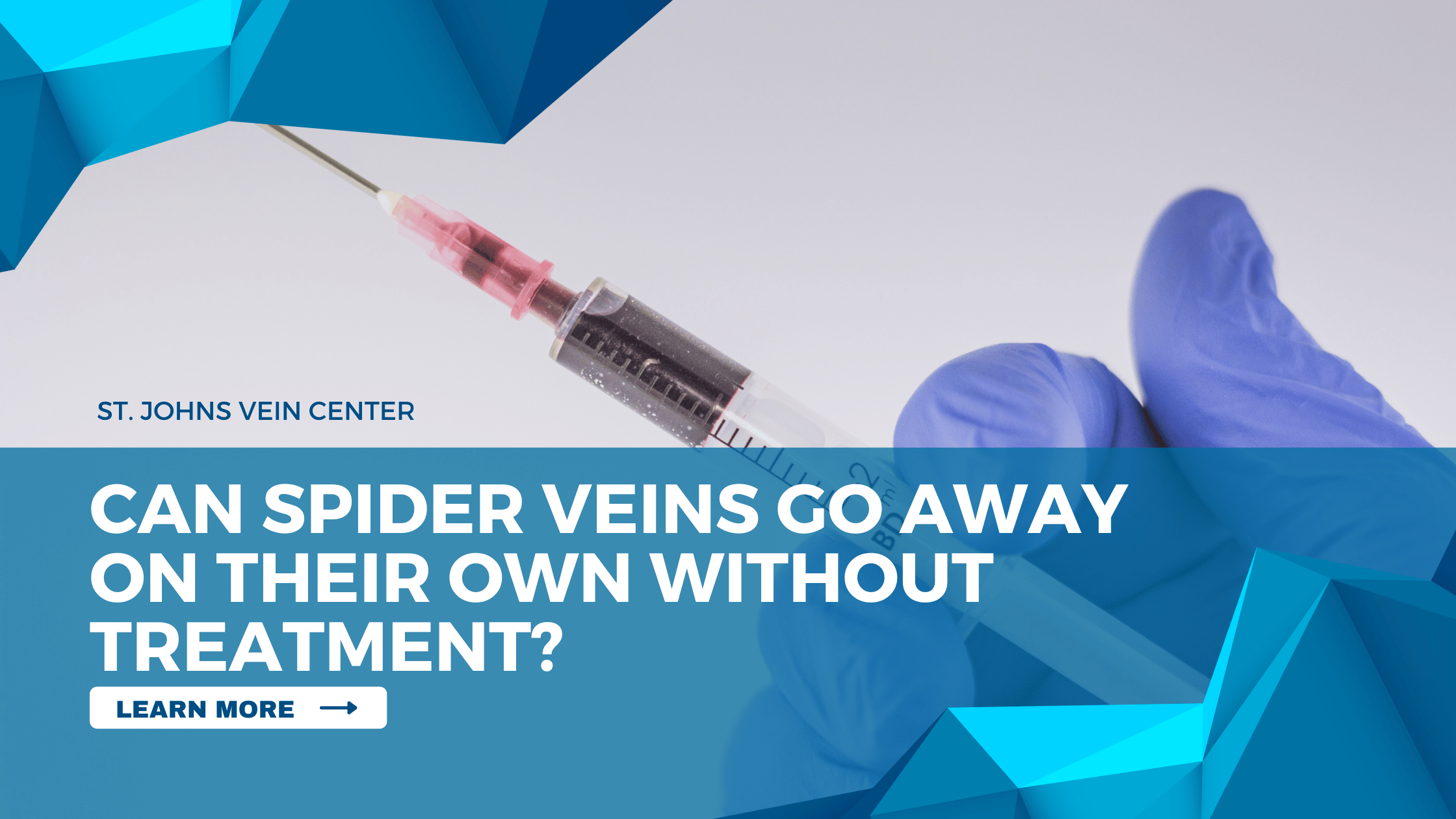Don’t Confuse Blue Leg Veins with Varicose Veins – They Could Be Spider Veins
Are you worried about the blue veins that have recently popped up on your legs? Don’t jump to conclusions just yet! It’s easy to confuse them with varicose veins, but in reality, they could be spider veins. Contrary to popular belief, not all leg vein issues are varicose veins. In fact, spider veins are a common occurrence and can cause discomfort or embarrassment just like their larger counterpart. So let’s delve deeper into this topic and understand the difference between these two types of leg vein issues- blue leg veins and varicose veins- specifically how they differ from spider veins.
Are Blue Veins Varicose Veins?
One of the most common questions we get asked is whether blue veins are varicose veins. The answer is no, they are not the same thing.
Varicose veins are larger, swollen veins that often appear twisted and bulging. They usually occur on the legs and can be painful. Spider veins, on the other hand, are smaller veins that are closer to the surface of the skin. They often look like a web or a spider’s leg and are usually blue or purple in color.
While varicose veins can be a serious medical condition, spider veins are usually harmless and do not cause any pain or discomfort. If you’re concerned about either condition, it’s important to see a doctor for a proper diagnosis.
Available Treatments For Blue Veins or Spider Veins
There are several available treatments for spider veins, including sclerotherapy, laser therapy, and surgery. Sclerotherapy is a minimally invasive procedure in which a solution is injected into the affected vein, causing it to collapse and eventually fade away. Laser therapy uses focused beams of light to destroy the abnormal blood vessels. Surgery is rarely needed for spider veins but may be recommended in severe cases.
If you are concerned about blue leg veins or spider veins, consult with a board-certified vascular surgeon to discuss your treatment options.




